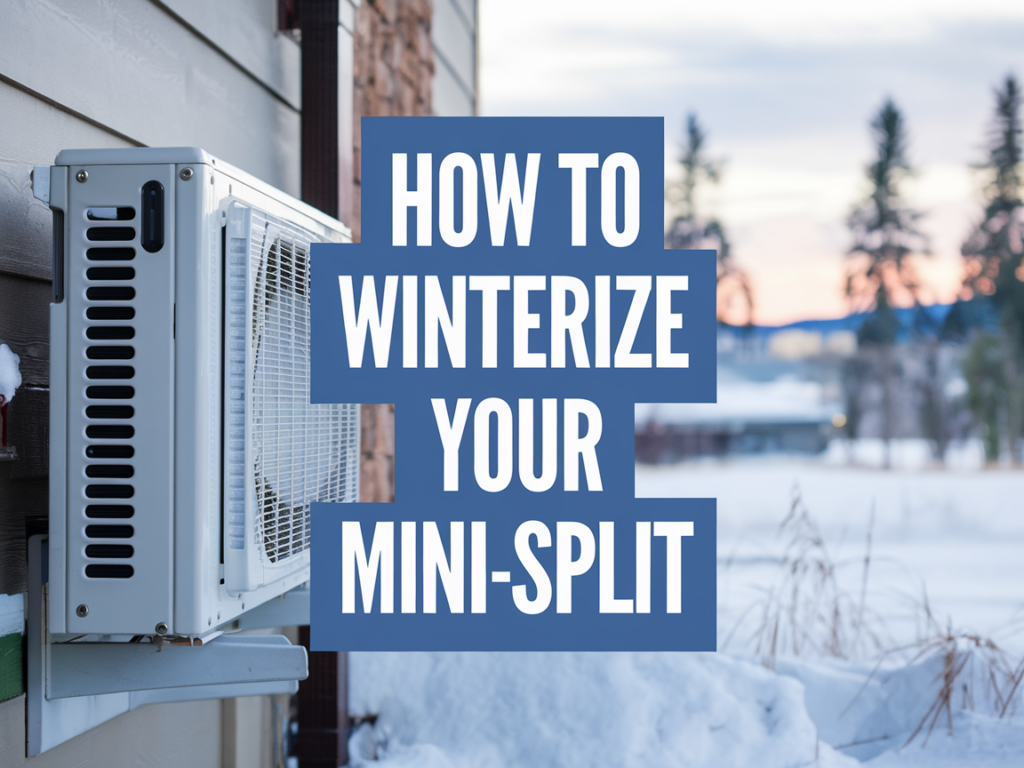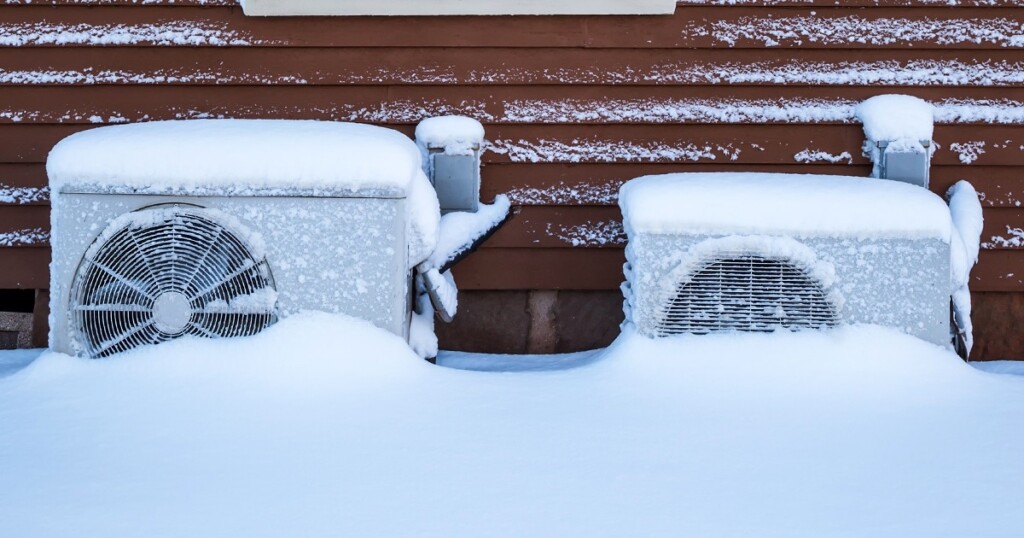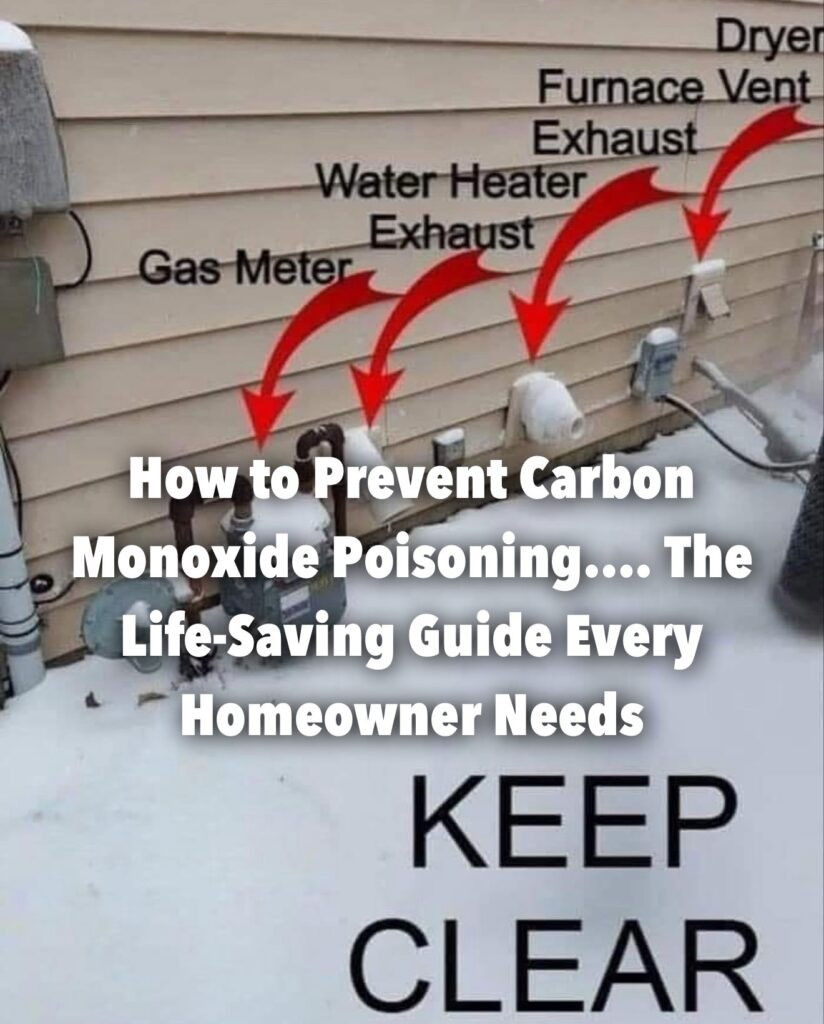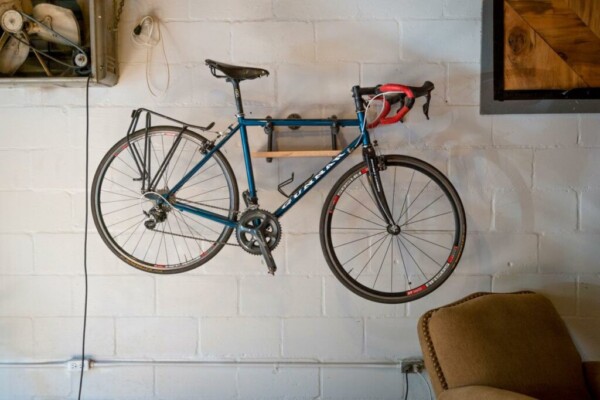
Why Winterizing Your Mini Split Matters
Mini split systems are efficient and powerful, but they’re not invincible. Cold weather, snow, and ice can take a toll on both indoor and outdoor components if you’re not careful. Without proper winterization, you might face:
- Frozen or cracked lines
- Corrosion and water damage
- Reduced lifespan of your system
- Costly springtime repairs
If you’ve ever experienced issues like your mini split compressor not kicking on once the temperatures dip, chances are good that winter maintenance could’ve helped prevent it.
Shut Off the Outdoor Unit When Appropriate
If you’re not planning to use the cooling feature during winter, it’s smart to power down the outdoor condenser unit for the season. This reduces wear and protects it from potential electrical surges or ice buildup.
Most systems have a dedicated breaker in the electrical panel. Flip that breaker to OFF, but be sure your indoor unit can still run in heating mode if you rely on it in winter. If you use the mini split for heating as well, do not shut off the system — focus instead on the protective steps below.
Clear the Surrounding Area Around the Unit
Leaves, snow, and even tall grass or landscaping debris can pile up around your outdoor unit. That’s bad news for airflow and could lead to rust, corrosion, or ice blockages. Give your unit a wide 2–3 foot clearance on all sides. Use a broom or plastic shovel to gently remove any buildup.
Pro tip: Don’t use anything metal to clear snow from around your unit — it can damage the fins.

Use a Mini Split Cover — But Only If It Makes Sense
Some homeowners swear by vinyl or breathable outdoor unit covers to protect against snow and ice. Others avoid them entirely due to moisture trapping or pest nesting. The key here is ventilation. If you’re going to use a cover, make sure it’s breathable and made specifically for mini splits — not just a tarp.
Learn more about how cold weather can damage your mini split and when covering makes sense.
Inspect and Insulate the Line Set
That copper line running between your indoor and outdoor units? That’s the refrigerant line set — and it’s crucial to your mini split’s function. During winter, make sure:
- The line is fully insulated with foam tubing
- There are no cracks or gaps in the insulation
- The line is secure and protected from wind, animals, or snow
If you notice exposed copper or deteriorated insulation, grab new foam sleeves at the hardware store and cover the lines completely. This step alone can prevent a lot of headaches later.
Watch for Water Dripping From the Indoor Unit
If you’ve noticed your mini split leaking indoors, especially in colder months, this could be a sign of blocked drain lines or poor insulation. It’s a common but serious issue.
👉 Check out this guide on dripping mini split water problems and how to fix it before it becomes a bigger mess.
Set Your Mini Split to the Right Winter Mode
Many modern mini splits come with a low heat or economy mode, often labeled as “Frost Protection” or “Minimum Heat.” This setting keeps indoor temps around 50°F to prevent pipes from freezing or rooms from dropping too low, without running full power.
This is great if you’re leaving the house for extended periods or want to avoid completely shutting the system off.
Clean the Filters and Vents Before Winter Hits
Dust and buildup inside your indoor unit can reduce efficiency and increase allergens when windows are closed all winter. Give your filters a gentle wash in warm soapy water, let them dry fully, and reinstall.
Also, vacuum around the wall unit’s vents to clear any lingering dust or pet hair. This simple maintenance step keeps airflow clean and unrestricted during colder months.

Be Aware of Frozen Pipes Near Your Unit
If you’ve got plumbing close to your mini split setup (especially near the wall mount), don’t forget to insulate and prep those too. A sudden deep freeze could cause a pipe to burst — leading to damage to both your HVAC unit and your home.
Here’s a full guide on what to do with frozen pipes before things get messy.
Use Smart Settings and Remote Monitoring
If your mini split came with WiFi capabilities or works with an app, use it to your advantage. Many brands allow you to:
- Monitor temperature and energy use
- Adjust modes while away from home
- Get alerts for error codes or malfunctions
If your system doesn’t have this yet, it might be time to upgrade. These smart features save energy and let you stay in control no matter the season.

Schedule a Pre-Winter Checkup (If Needed)
If your mini split hasn’t been looked at in a few years — or you’re hearing odd noises or seeing poor heating performance — book a technician to do a pre-winter checkup. They can inspect refrigerant levels, confirm electrical integrity, and ensure the compressor is ready for the season.
Just like with any appliance, a little prevention now saves big repair costs later.
As an Amazon Associate we earn from qualifying purchases through some links in our articles.



